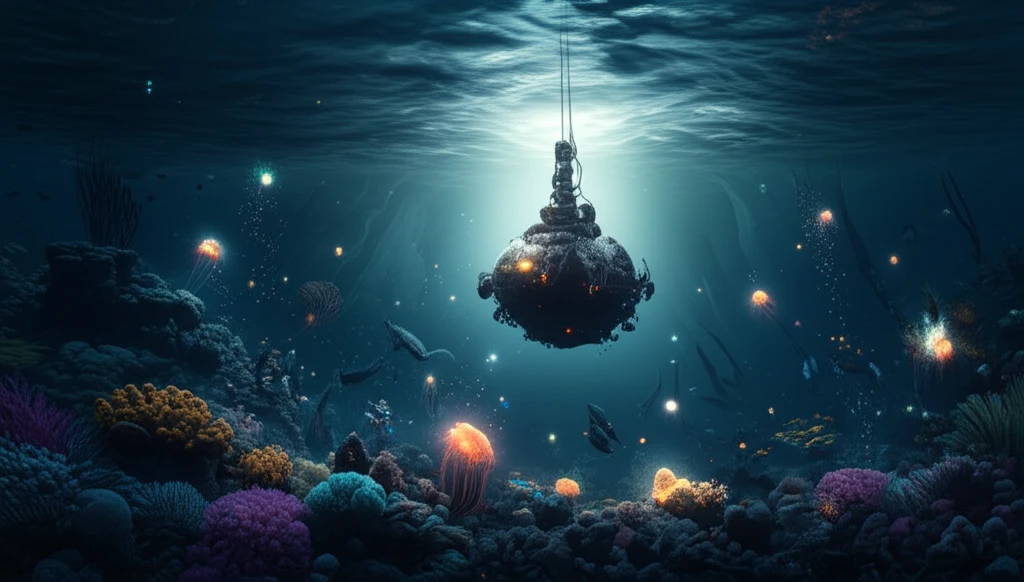
Unlocking the Ocean's Secrets: How Ecogenomic Sensors Are Changing Marine Research
"A 25-year journey to develop sophisticated sensors is revolutionizing how we understand ocean ecosystems."
For decades, understanding the complexities of our oceans has been a daunting task. Traditional methods of marine research often involve collecting samples and analyzing them in a lab, a process that can be time-consuming and limited in scope. But what if we could monitor the ocean's ecosystems in real-time, directly from the source? This is the promise of ecogenomic sensors, a technology that's rapidly transforming marine research.
Ecogenomic sensors represent a new frontier in ocean observation. These sophisticated instruments are designed to autonomously collect and analyze samples, providing scientists with a wealth of data about the organisms, genes, and metabolites present in the marine environment. By deploying these sensors in various locations, researchers can gain a more comprehensive understanding of ocean health, biodiversity, and the impacts of environmental change.
The development of ecogenomic sensors has been a long and challenging journey, spanning over two decades of innovation and collaboration. From initial concepts to advanced prototypes, scientists and engineers have worked tirelessly to create tools that can withstand the harsh conditions of the ocean while delivering accurate and timely data. This is the story of the Environmental Sample Processor (ESP), one of the pioneering examples of ecogenomic sensor technology, and its quest to unlock the ocean's deepest secrets.
The Quest for Real-Time Ocean Monitoring: Addressing Key Challenges

The concept of "ecogenomic sensors" emerged about 25 years ago, envisioning autonomous devices capable of applying molecular analytical techniques directly in the marine environment. The Environmental Sample Processor (ESP) was developed to realize this vision, aiming to define the technological and operational requirements for such sensors. Over time, the ESP evolved into a functional instrument, enabling the use of DNA probes, protein arrays, and quantitative polymerase chain reaction (qPCR) to assess a wide range of organisms, genes, and metabolites. It also preserves samples for further laboratory analysis, such as DNA sequencing.
- Sample Collection and Handling: Automating the collection and handling of samples in the ocean environment.
- Analytical Chemistry: Devising and packaging analytical chemistries for use outside of a laboratory.
- Fluid Manipulation: Pairing analytical methodologies with appropriate fluid manipulation mechanisms.
- Sample Capture: Finding a means to capture and sequester samples for analysis.
Looking Ahead: The Future of Ocean Exploration
The development and deployment of ecogenomic sensors represent a significant step forward in our ability to understand and protect our oceans. As technology continues to advance, these sensors will become even more sophisticated, providing researchers with unprecedented insights into the complex ecosystems that thrive beneath the surface. By embracing these innovative tools, we can unlock the ocean's deepest secrets and work towards a more sustainable future for our planet.
